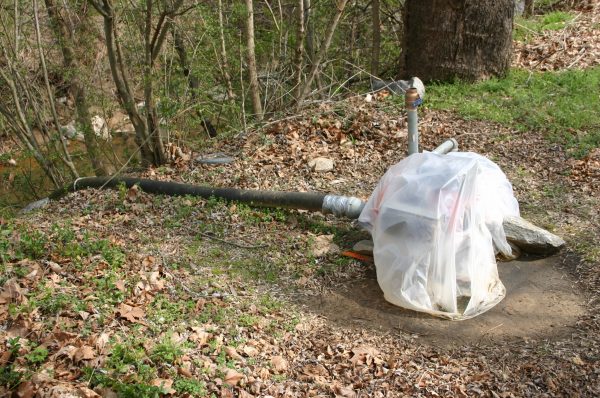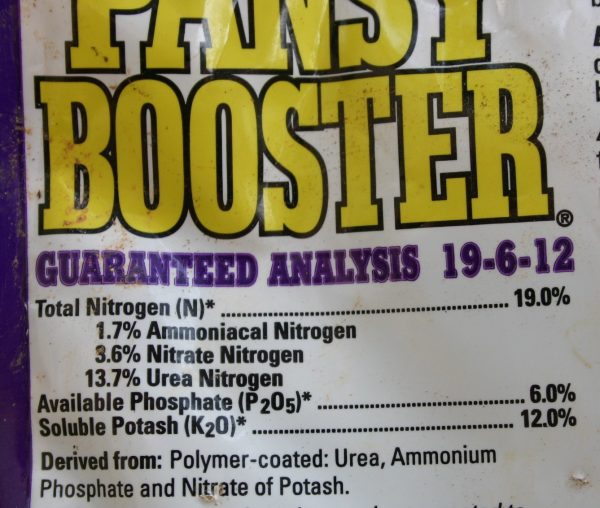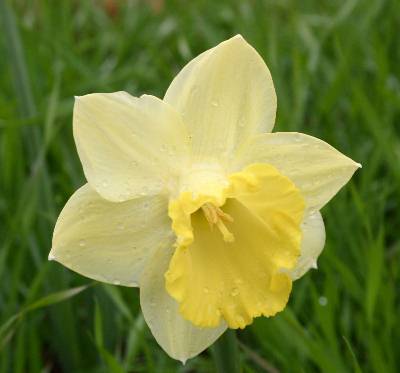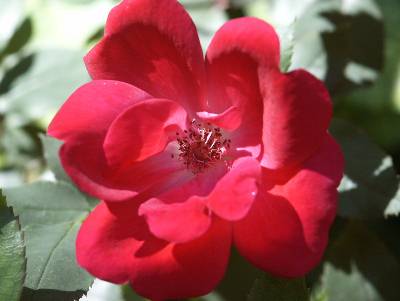Fescue – Removing Bermuda
When bermudagrass invades fescue, the lawn looks “odd” in winter. Some parts are brown and some parts are green. Here are some tips:
Q: I have heard you discuss on your radio show removing bermudagrass from fescue lawns. In my landscaping business we use Ornamec(tm) to effectively do this.
A: You are absolutely correct that this product is labeled for bermudagrass suppression. My observation is that it is rarely found on nursery shelves but is typically used by professionals like yourself. I think this is good because failure to dilute and apply Ornamec(tm) precisely will result in harm to fescuegrass as well as bermudagrass.
Oddly enough, the chemical that powers the product you use is fluazifop (click for sources). However, study the label for these products to be sure it includes application to fescue lawns. At one time they were only labeled for controlling grassy weeds in ornamental plantings.
• The best time to apply fluazifop to fescue for suppression of bermudagrass is in spring just as the bermudagrass is sprouting green stems.
The only other option for you is to spray glyphosate (click for sources) on the bermuda when it is green in early August, wait three weeks to see what survives and spray again by early September.
That puts you in position to plant fescue in the spot at the right time in mid-September.
Here are more tips:
Homeowner comments:
This spring when the bermudagrass started sprouting green stems, I tried the technique outlined in the Fescue – Removing Bermuda page, and all of my Fescue died but the Bermuda survived. I applied the fluazifop according to the instructions on the bottle (hard to figure the right ratio for a hose broadcast sprayer) and mixed in the nonionic surfactant. About one week after spraying I noticed the grass (all the grass including the fescue) was turning yellow. In about 3 weeks all the fescue was dead. I am going to start over again this fall by using Roundup to kill it all and then re-seed with fescue.
BE CAREFUL USING FLUAZIFOP!!!













